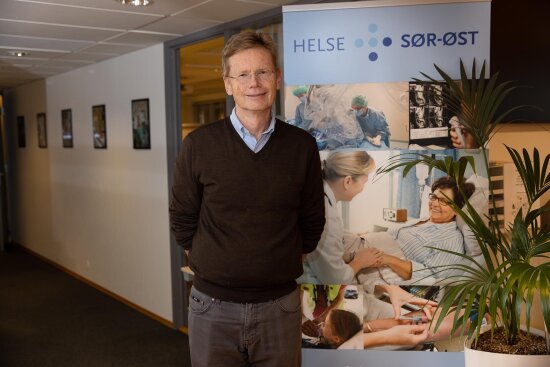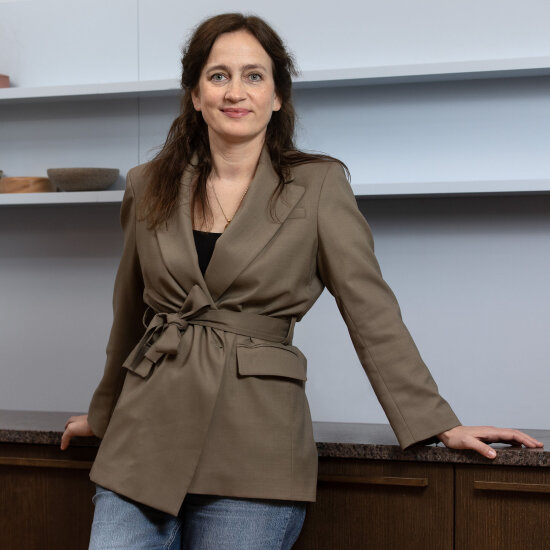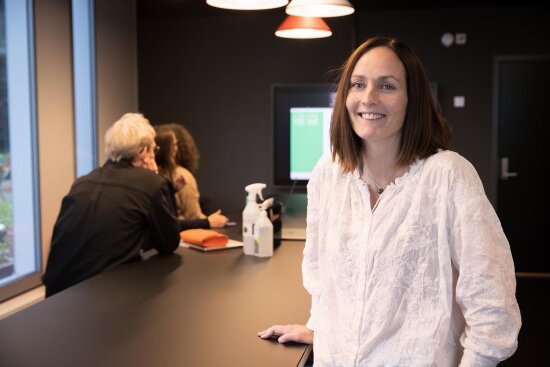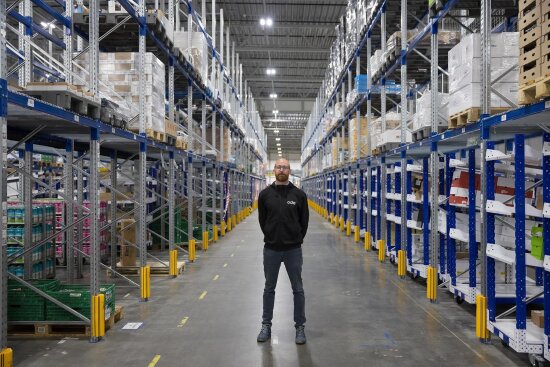“In order to solve the problems and make changes, we needed someone who was curious and not already familiar with the subject. In my 35 years in the healthcare system, I’ve never met anyone better suited to the task than service designers,” says Andreas Moan.
He has worked as a doctor and a researcher, has a doctorate in medicine, and now works as project director at the South-Eastern Norway Regional Health Authority. He was also involved in the successful project from 2013 which saw waiting times for breast cancer diagnoses at Oslo University Hospital reduced by 90 percent thanks to design partner Designit, and service design.
“All too often, we’d see that we were unable to implement the changes or projects that we embarked on. We needed help to think differently. That’s why we focused on design this time,” says Andreas.
– We needed help to think in new ways. That is why we chose design.
Three golden reasons
Now, eight years later, Andreas wishes there were more success stories that he could cite. He feels that the potential of service design in the healthcare system is huge.
“It will come gradually, but we should use it much, much more,” he says.
He cites three reasons why he feels service design is an important part of the solution and is the future of the healthcare system.
1. It ensures that everyone has the same perception of the problem
“Firstly, service design ensures that everyone has the same understanding of reality and speaks the same language. We often embark on huge change projects without having quite the same perception of what the problem is. But service design enables us to map things out and visualise how things actually look.”
2. Service design listens to patients in a completely different way
“My old professors snorted when the service designer said they should talk to ten patients. When you’ve treated patients for 40 years and include some 10,000 patients in your studies, it may seem pointless,” says Andreas, who continues:
“But we understood quickly that service designers take the time to listen, and they’re uniquely curious. This helps to make patients’ voices heard more clearly.”
According to Andreas, this is one of the best tools you have in a change process.
3. It helps you maintain a steady course and avoid pitfalls
“By sketching prototypes, you can discuss things along the way and avoid introducing things before you’re certain they work. The project also progresses quicker this way, with less risk of failure,” Andreas says.
Huge potential
What’s needed to recruit staff? Why are waiting times so long at the outpatient clinic? What’s it like waiting? What’s it like being a patient in the hospital? Could the porters have worked differently?
“Every question and challenge can benefit from the use of service design. It makes the voices of patients and staff heard, and this is at the core of change management in hospitals,” says Andreas.
Based on his experience, he also believes that it’s useful that service designers don’t come up with the solutions, but the questions that lead them to the solutions you already have at your disposal.
“People in hospitals may be tired of consultants with smart blazers, Excel sheets, and stopwatches in their back pockets, so it’s useful to approach things from a different angle,” he says.
During the breast cancer project, DOGA received support from its design-driven innovation programme (DIP), and Andreas hopes that DOGA will continue to help public and private enterprises that want to succeed with design-driven innovation in the future as well.
“Innovation isn’t something that spreads easily, unfortunately. But if we invest in service design, we can both solve problems and make people understand how useful it is,” says Andreas.





